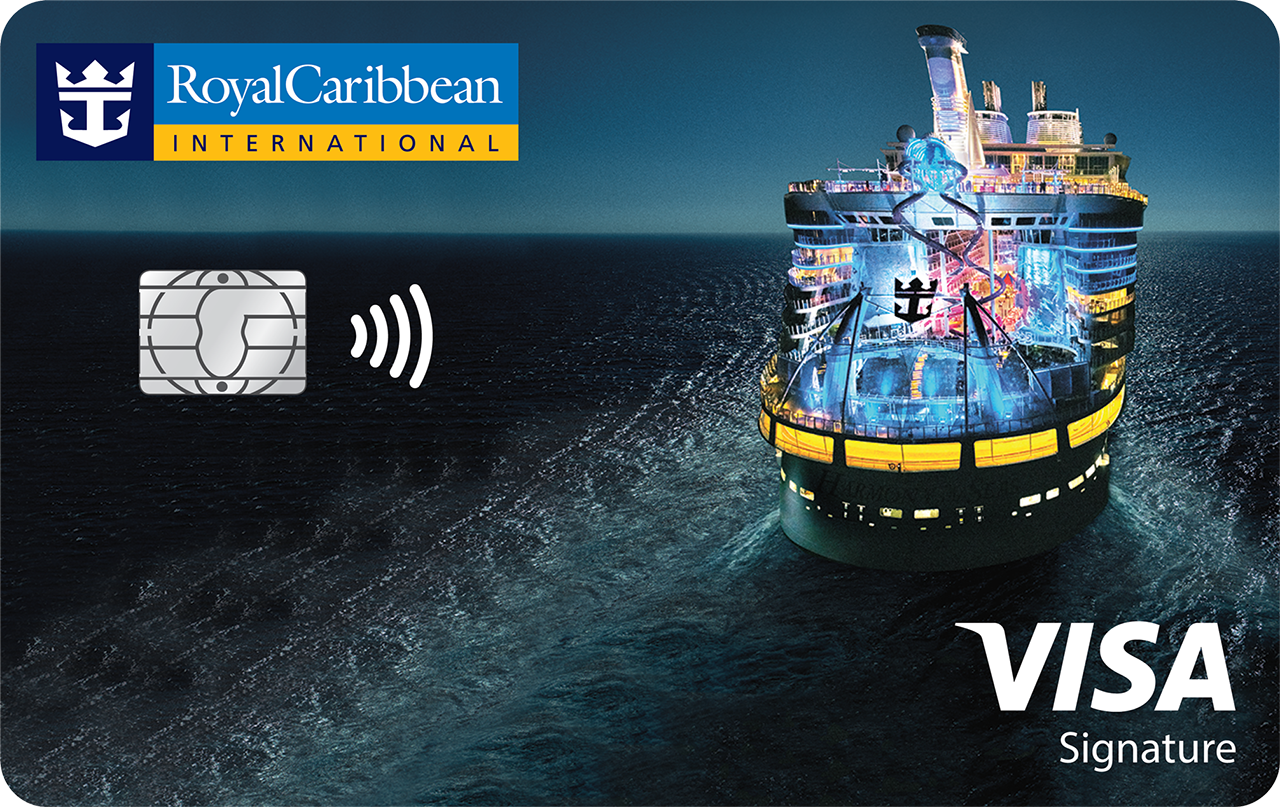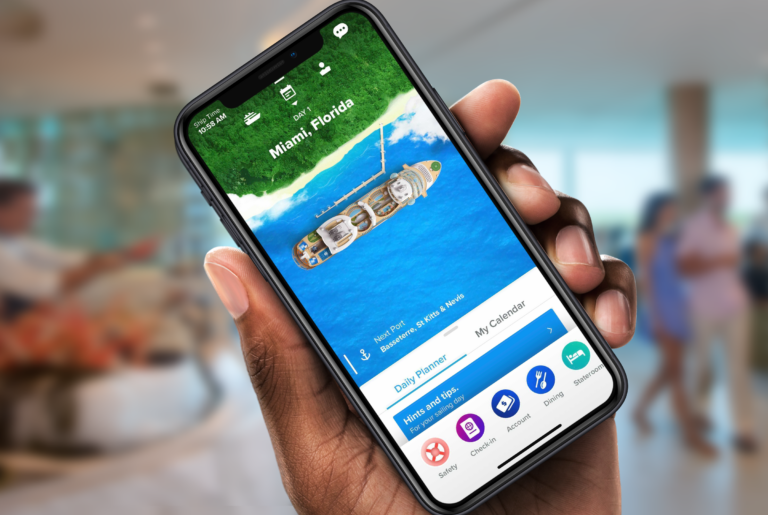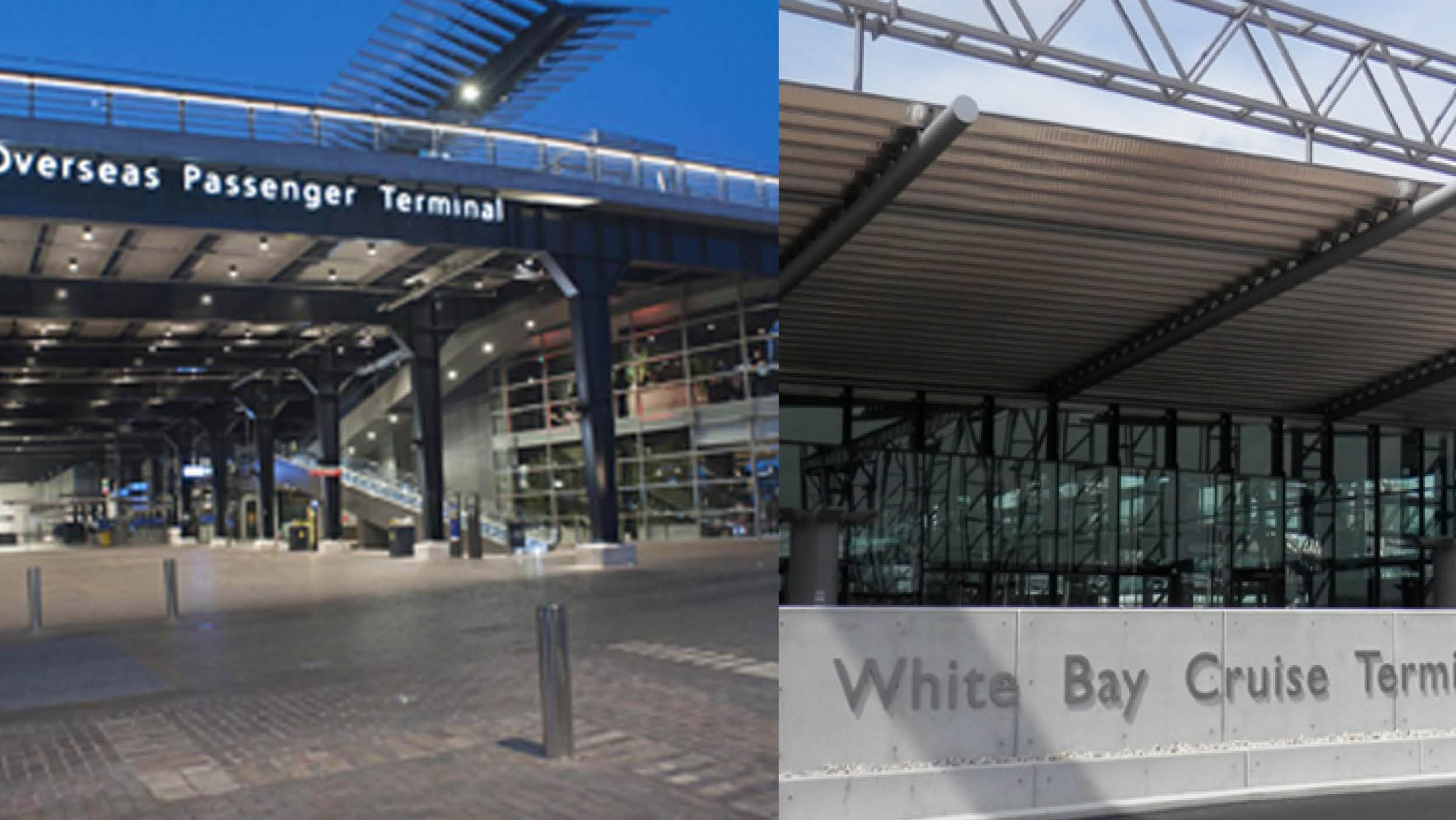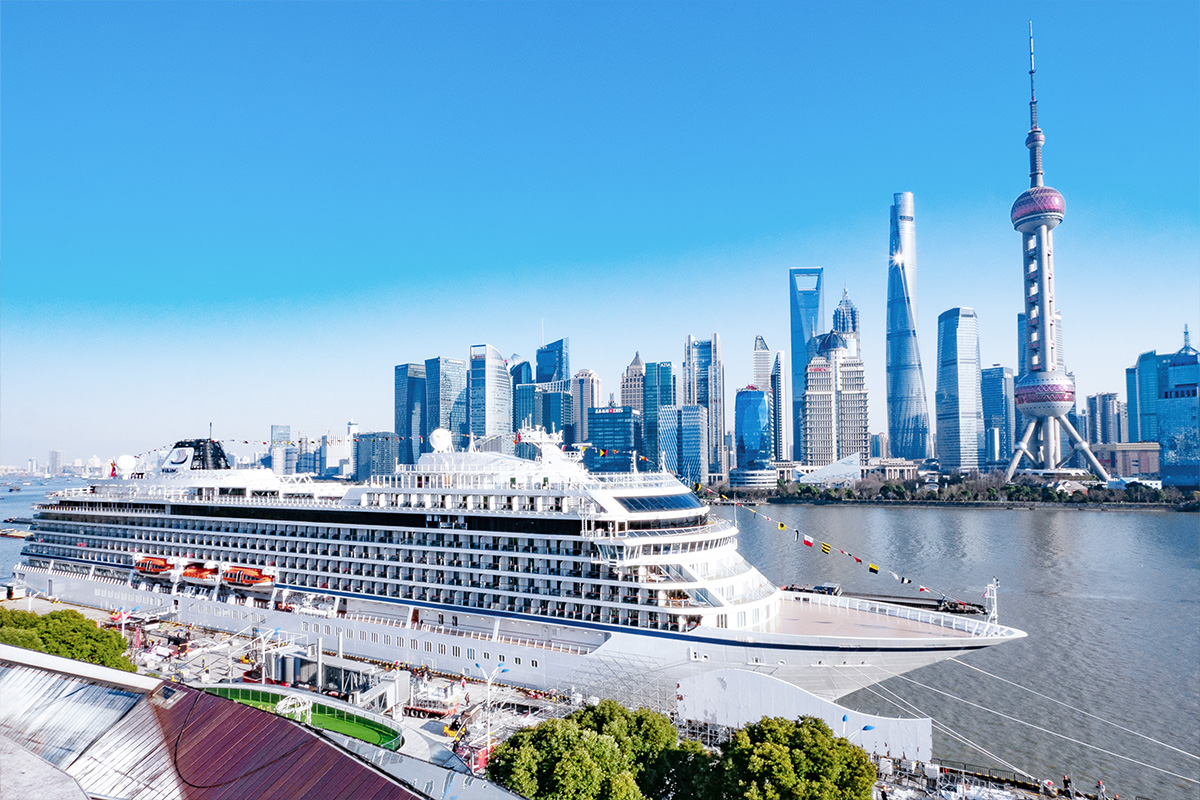Most cruise lines charge onboard spend in USD and the weak Australian dollar means poor conversion rates.
But with the weak Australian dollar, your cruise expenses will increase by hundreds of dollars. Over the past five years the Australian dollar to the US dollar has been as low $0.58 and as high as $0.78. It is currently sitting around the 66-cent mark.
Savvy cruisers have found ways to make sure you get your bang for your buck.
Cruisers can pre-load themselves cruise cards before their cruise, they can load up USD while onboard, cruisers can go to an outlet and acquire USD in cash before their cruise or cruisers can simply pay with their credit cards onboard.
Why you need to think ahead
The most simple move to save yourself some money on your cruise is to load your on-board credit ahead of time. Once you’re on the ship, you’ll receive a significantly worse conversion rate.
Sharon Summerhayes, owner of Deluxe Cruise & Travel advises that pre-loading your onboard credit can lead to significant savings.
“For most cruise lines, you can call up and pre-purchase on board credit which is usually a better rate than the conversion rate on board,” she says.
“For example, purchasing on board credit with Royal Caribbean you are charged in AUD and the USD is worth 0.667. You would pay AU$1500 and receive US$1000. If you had that charged to your card onboard, you would pay AU$1562 and you may get a conversion fee on your card account as it will be charged in USD.”
For example, seasoned cruiser Brian McGree reported that for his December cruise, the exchange rate for loading up his onboard credit before boarding was US$0.66 to AU$1.
However, once he was onboard, he reports a conversion rate of just USD$0.58.
While these numbers may not seem overly significant, they can make a significant difference.
For example, if a family wanted to load up US$1000 for their cruise, with the pre-loading rate from McGree’s cruise this would come out to $1516 in AUD. However, with the onboard rate, to load up USD$1000 comes out to $1724, meaning more than $200 would have gone to waste.

Be card smart
If you’re planning to use a credit card onboard, it’s worth being aware that even if you’re in Australian waters, you can incur international transaction fees when purchasing from a foreign merchandiser, for example many cruise lines that sail in Australia.
Many cruisers recommend the Wise Card, as it has no international transaction fees. Whereas other cards such as Commbank, incur a 3.5% transaction fee.
Using the example above, if you were to spend US$1000 onboard on your cruise, as a 3.5% surcharge, this would come out to AU$53 extra dollars spent during your cruise, versus if you used a card with no transaction fees.
Furthermore, if you’re travelling overseas and using a travel card, not all travel cards are created equal, you should research the exchange rate in your target currency. There is a list of the different benefits and cons of popular travel cards here on Finders website.
How to pre-purchase onboard credit
You should contact your cruise line about your best options for loading onboard credit before your cruise. Through doing this you can see significant savings.
For example, cruiser Jon Daniels shared his experience purchasing onboard credit (OBC) with Royal Caribbean on their 1800 number.
“Select option 2 tours on the menu. You request purchasing you want to [then] pre purchase USD OBC. They will give you a quote in AUD. Then it’s worth doing the math and double checking what rate they’re offering you.
“You then pay using your credit card. The amount charged will be in AUD off your credit card as a service not as a cash advance. You will receive a receipt of purchase by email that shows the AUD amount charged.
“The pre purchased OBC will available once on board. You will receive a note in your cabin confirming the amount of USD OBC that is in your onboard account.”

Keep an eye on the Australian dollar
While cruise lines will generally adjust their offered rate in accordance with the actual exchange rate, it’s still worth keeping an eye on as fluctuations can significant repercussions on your finances.
If your cruise line is offering a rate that is worse than the actual exchange rate, and you have a credit card with a more favourable rate which does not charge international transaction fees, then it’s likely worth spending with your card rather than loading up credit.












Some good points with a strange conclusion.
Yes onboard exchange rates are the worst option.
But charging up the account before boarding? If you get it wrong, as you say, you could get double fees going in. Also, if you have a surplus at the end, it may cost you again when it comes out!
Why not just have the balance at the end debited to your credit card? Simple, easy, convenient and just the one bank fee (usually 3%) for what you used.
But how about all those port purchases? No amount on on-board will help you there.
We’ve travelled all over the world an used just about every option. Here’s our experiences and practices.
1. Charged up debit cards in FX currencies. Trying to keep track of balances and how to extract the last dregs was frustrating. Ended up losing minor balances to fees. Lost 2-3% more. Some places even declined the cards back then because they didn’t look like normal credit cards. Never again.
2. Use our credit card. (We both have once card for home use and another for online and overseas. preferably different banks too.) Bank fee is 3%. Fairly typical. Very convenient. But if travelling for a few weeks, you need to know your credit card due dates and go online to pay online. Be careful about fee free cards. rates may not be as good or they come with high annual card fees.
3. Cash. World wide the currency exchange places run by sub-continent Indians seem to give best rates. Don’t know why. That’s not racist. I’m not Indian.
Just our repeated experience. On USD I’ve got as low as 1.5% fee. Be careful on the ‘no fee’ offers. Their rates are shocking and can effectively be 4-6%. Banks tend to have good rates but then usually charge a one-off flat fee on top.
4. Which cash? Sometimes we don’t know how much of which currencies we need. We tend to stick with GDP (UK only), Euros (most of Europe and preferred in Turkey), USD (US, Caribbean, Asia, etc and good for changing again into Baltic and other rare currencies when in the country. Eg Buying NOK in Australia was 8%. Buying NOK there with Australian was about the same. Buying US and using that to buy NOK worked about at about 3-4% all up! Weird.) and Australian (preferred in PNG and some Pacific islands).
5. Playing the currency rates. If you are good at it, you may save by buying FX at a good time. Otherwise spread you buys over some months to average out the risk.
6. Left over FX? Coins to the grandkids. Changi Airport (Singapore) have multi-currency cash registers in just about every shop with, most important, decent rates. Can give a shop a mix of different currencies. As you give them your leftovers of a currency, they can give you an instant running balance still to pay with aa many currencies as you wish! Three’s my record. All done with a smile too! Otherwise hang onto them for your next trip – especially the USD and Euros.
Hope this all helps.